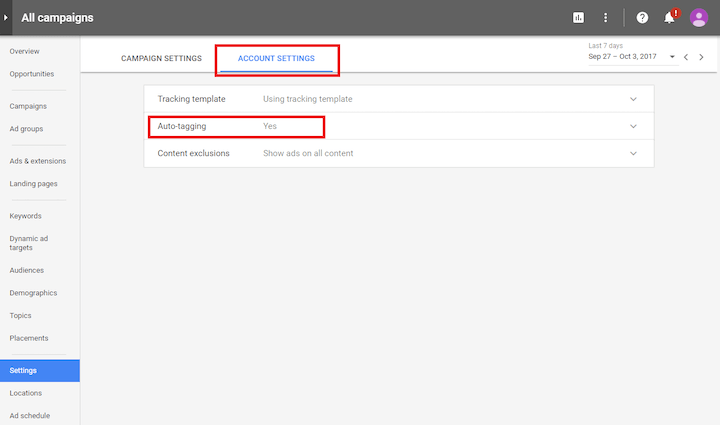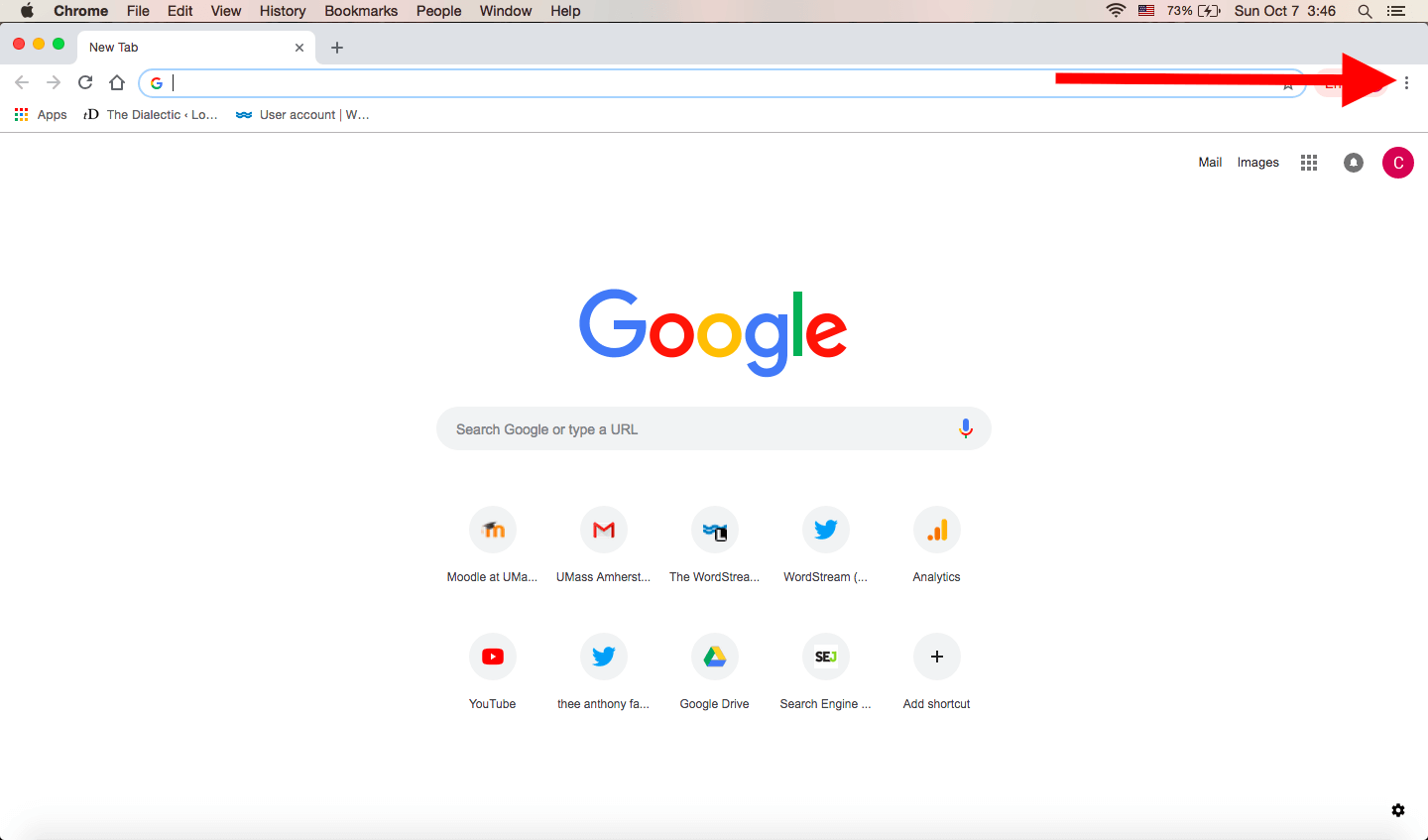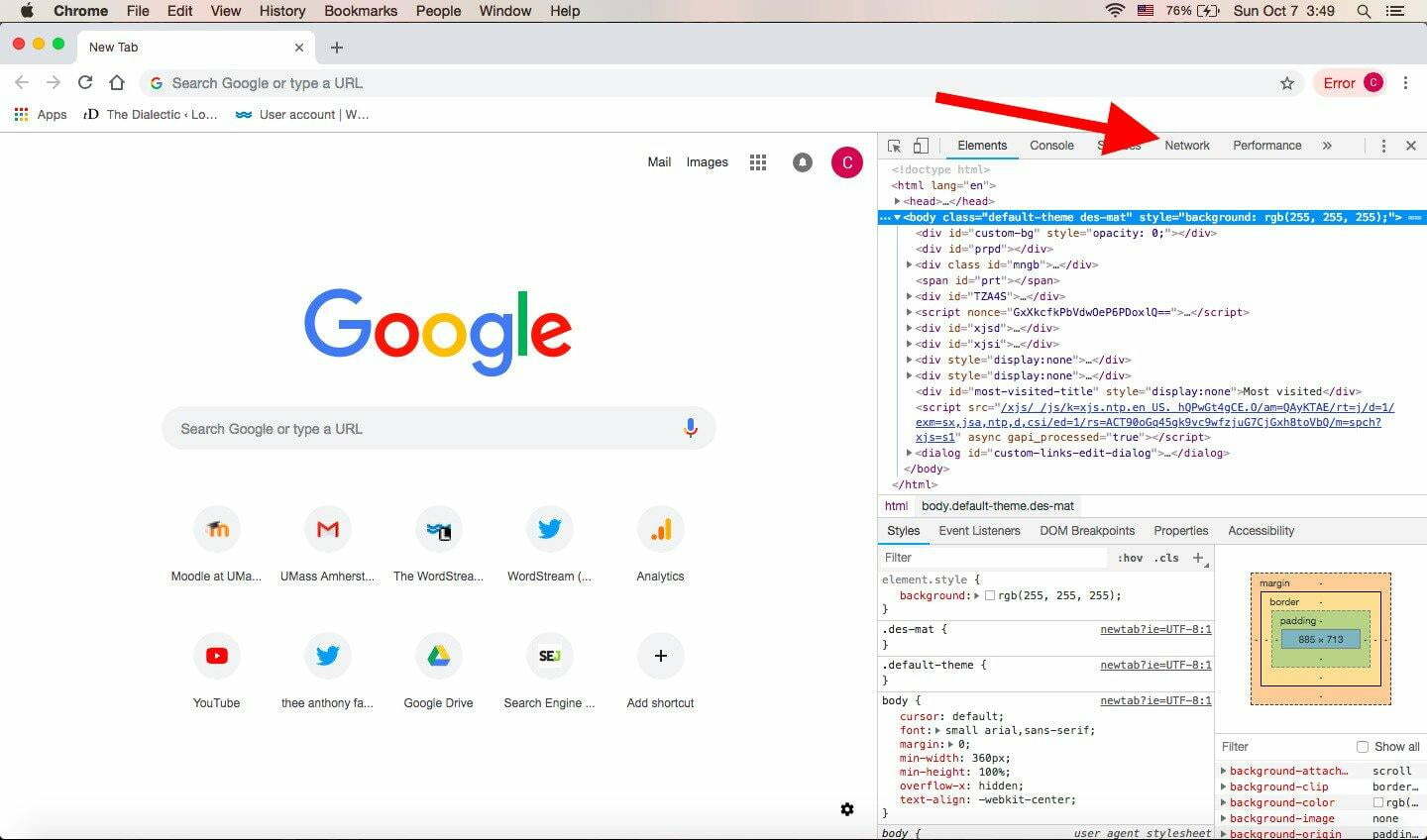gclid – What is the gclid parameter appended to my Google URLs?
Gclid, short for Google Click Identifier, is a unique tracking parameter that Google uses to transfer information between your Google Ads account and your Google Analytics account.
A default feature of any Google Ads (formerly known as Google AdWords) account is URL auto-tagging. When this is turned on, Google automatically appends a unique ?gclid tracking parameter to your destination URL whenever someone clicks on one of your ads. Essentially, this is a way for Google Ads to tell Analytics about all the minute details of a particular user session.

What kind of details? All the post-click information you need to calculate your return on ad spend (ROAS): time spent on site, pages per visit, any actions taken, etc.
Auto-tagging with ?gclid tracking parameters is advantageous because it saves you time and minimizes the risk of making mistakes.
Why is tracking important for paid search campaigns?
Let’s talk a little more about a term we mentioned earlier: ROAS.
The whole idea behind advertising—print, digital, online, offline, you name it—is that you get more out of it than you put into it. In other words, effective advertising offers a return on investment, and ideally a sizeable one.
There’s no way to know if you’re getting a return on your marketing investment without data. And the neat thing about paid search marketing, on platforms such as Google Ads, is that technology allows advertisers to collect tons of data.
As a result, you can interpret all kinds of important trends—this call to action (CTA) drove x leads, whereas this alternative CTA drove 3x leads, for example. As you can imagine, these kinds of tracking capabilities are immensely powerful. They allow paid search marketers to constantly test, tweak, and optimize their campaigns such that their ROAS is maximized.
Without tracking parameters, that’s not possible. And, like we said—auto-tagging is an especially awesome tool for anyone who’s prone to make mistakes (i.e., every human being). When a single mistake could potentially derail an entire paid search campaign, it’s unwise to let human error be a factor.
How can I be sure Google Ads auto-tagging works for my website?
To quote our paid search overlords: “If you don’t see the gclid parameter appended to your URLs after the page is fully loaded, then it’s likely that your website isn’t configured to handle query parameters in a way that lets auto-tagging work.”
To check if this is case, take these steps to confirm:
1. Use Google Chrome Developer Tools. Open a new tab in your Google Chrome web browser. Then, navigate to the menu in the top right corner of the window, marked with three dots in a vertical line.

Click Tools, then click Developer Tools. You are now in Google Chrome Developer Tools! Navigate to the Network tab. This will show you the network (HTTP) requests for whatever page is being loaded. Make sure this is open before you try to load your web page.

2. Test your Google Ads final URL. Copy the URL and paste it into the Chrome address bar. Before you load the page, append a test auto-tagging parameter (e.g., gclid=TeSter-123). This leaves you with a full URL: http://www.website.com/?gclid=TeSter-123. Go ahead and load it, watching the network requests load. If the final URL does not include a tracking parameter, your website does not allow auto-tagging tracking parameters to work.
How can I troubleshoot?
As you watch the Network tab in Chrome Developer Tools, if you don’t see the collect request appear, that means the Analytics tracking code snippet is set up incorrectly. Use this Google resource to learn how to fix this problem.
Be sure to install Analytics on the parent page. This is key because a child frame can’t read its parent frame address URL. So, if your Analytics tracking code is embedded in a child frame, it won’t see the auto-tagging value, even if you can.
You may need to reconfigure your web server to allow non-reserved URL characters, including capitalized letters and underscores. This is essential because Google Ads will use these characters when it generates a unique gclid tracking parameter. If your web server does not allow these characters, a URL rewrite engine will change them, which blocks click-specific data such as campaign and keyword from your Analytics reports.
For more gclid troubleshooting tips, pay a visit to https://support.google.com/analytics.
